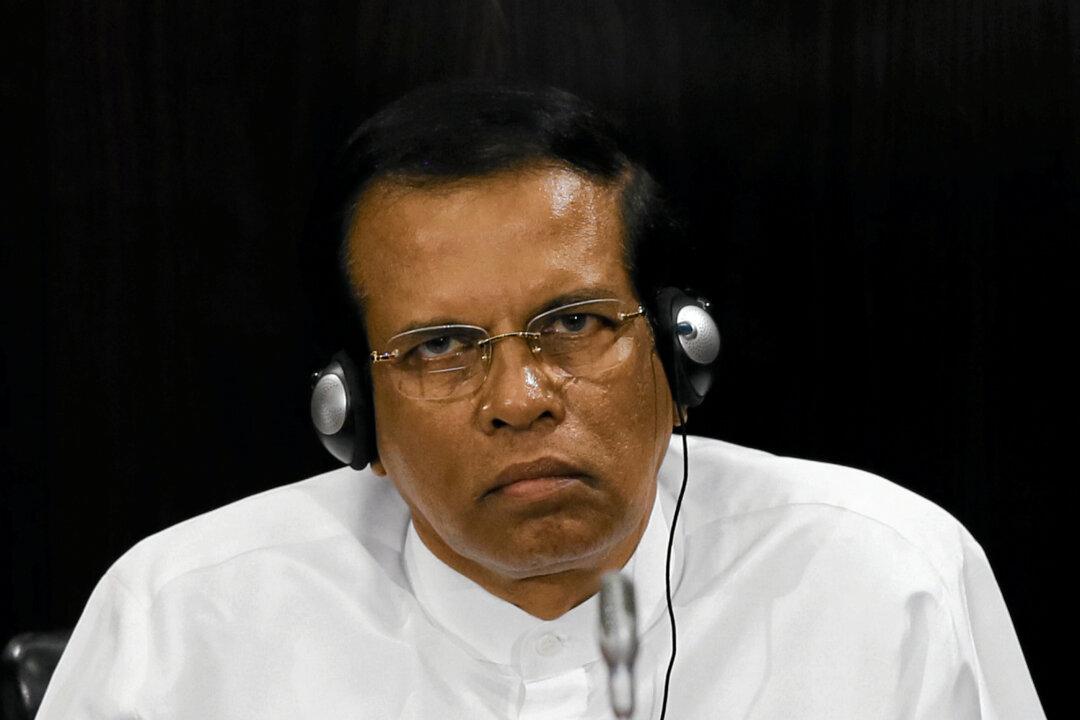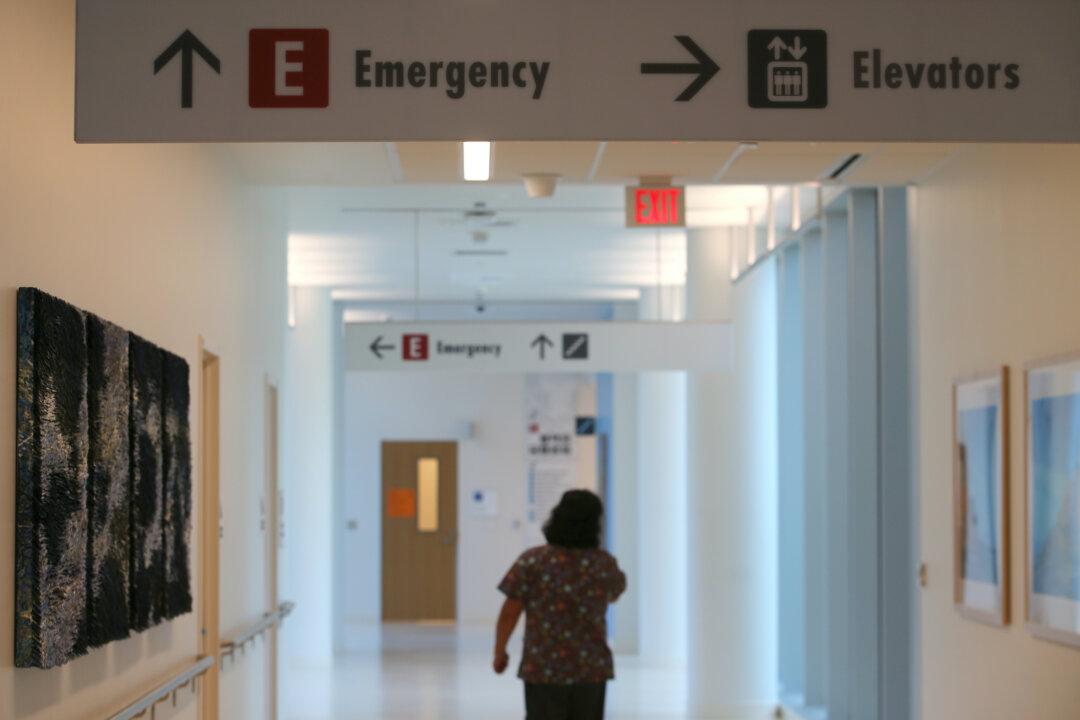COLOMBO, Sri Lanka/MUMBAI, India—A decision by Sri Lanka’s president to fire the prime minister has raised doubts among global investors and credit analysts about the near-term economic health of a country already grappling with slow growth and a falling currency.
Among key concerns for investors are Sri Lanka’s ability to repay its massive external debt amid the reduced likelihood of continued economic reforms.





